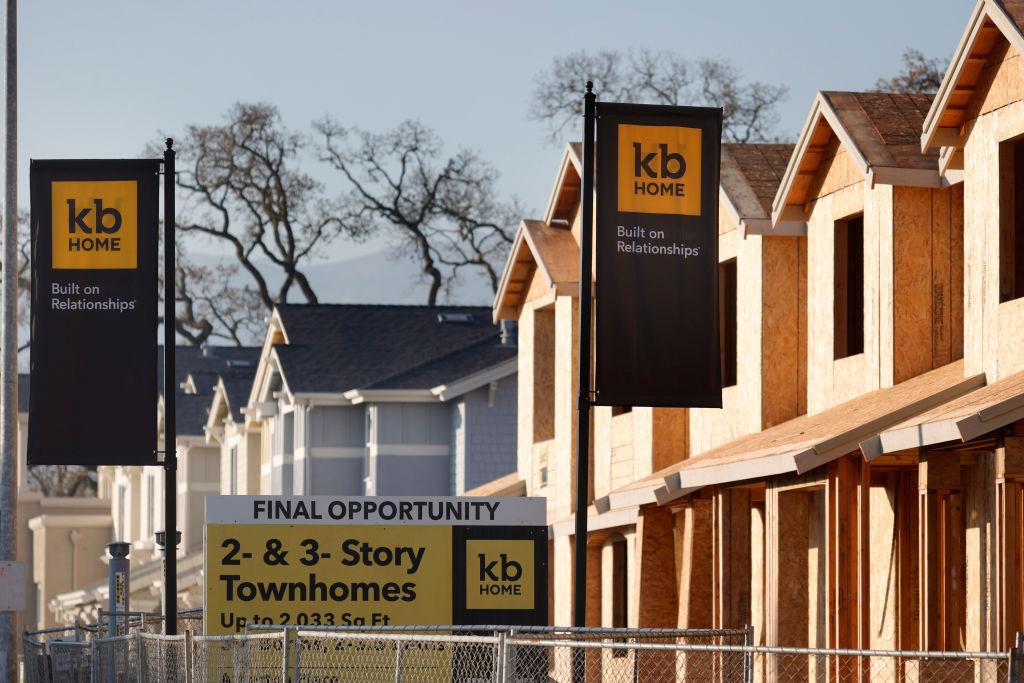Lumber prices hit an all-time low after homebuilder sentiment tumbled for the twelfth straight month in December.
The building commodity peaked at $1,336 per thousand board feet in late February, but has settled to around $379, as of Dec. 22, to its lowest level since the pandemic in June 2020.





